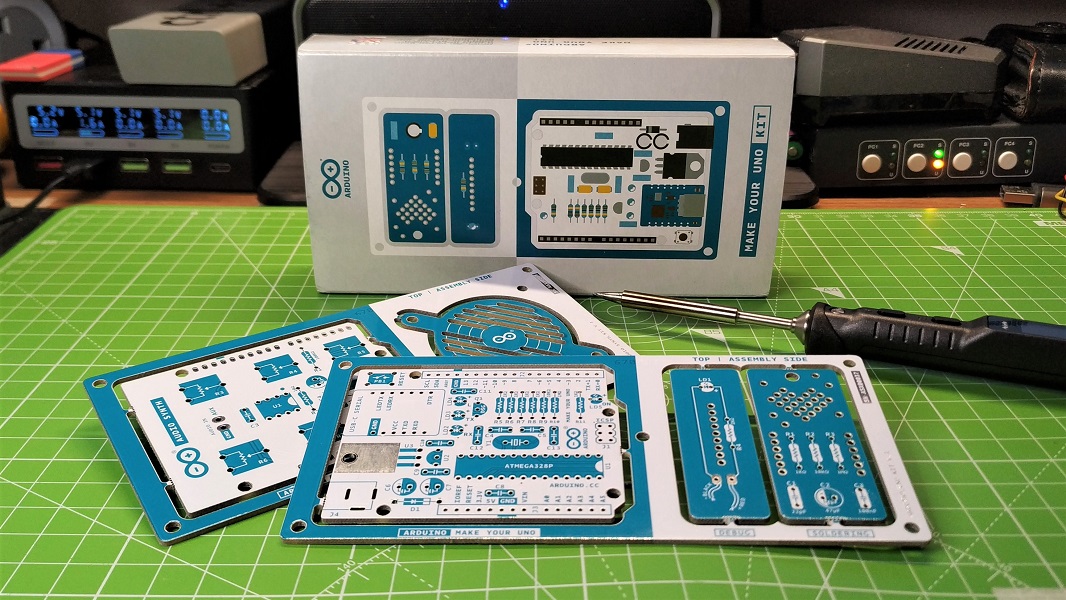Machinery performance is crucial in industrial settings, where downtime and inefficiencies can lead to significant financial losses. One of the most effective ways to ensure optimal machinery performance is through advanced pulley alignment techniques. Proper pulley alignment not only enhances the efficiency of machinery but also extends the lifespan of components, reduces maintenance costs, and minimizes energy consumption. This article delves into the importance of pulley alignment, the methods available, and the benefits of using advanced alignment tools.
The Importance of Pulley Alignment
Pulley alignment is the process of ensuring that pulleys within a belt-driven system are correctly positioned to operate in harmony. Misalignment can cause several issues, including:
- Increased Wear and Tear: Misaligned pulleys lead to uneven belt wear, which can cause premature belt failure and damage to other components.
- Energy Loss: Misalignment increases friction, resulting in higher energy consumption and reduced efficiency.
- Noise and Vibration: Incorrect alignment can cause excessive noise and vibration, leading to uncomfortable working conditions and potential safety hazards.
- Reduced Lifespan: The added stress on components due to misalignment can significantly shorten their operational life.
Given these potential issues, it is clear that proper pulley alignment is essential for maintaining the overall health and performance of machinery.
Traditional Pulley Alignment Methods
Historically, pulley alignment was performed using traditional methods such as straightedges, string lines, and visual inspections. While these methods can provide a basic level of alignment, they are often time-consuming, prone to human error, and lack precision.
Straightedge Method
The straightedge method involves placing a straightedge across the pulley faces to ensure they are parallel. While simple, this method can be inaccurate due to the potential for gaps or misinterpretation of the alignment.
String Line Method
The string line method uses a taut string stretched between pulleys to check alignment. This technique requires careful handling and precise measurement, making it challenging to achieve consistent results.
Visual Inspection
Visual inspection is the most basic method, involving a manual check to see if pulleys appear aligned. This method is highly subjective and unreliable, as minor misalignments can be easily overlooked.
Advanced Pulley Alignment Techniques
Advancements in technology have led to the development of more accurate and efficient pulley alignment tools. These tools offer a higher degree of precision, reducing the time and effort required to achieve optimal alignment. One of the most effective tools available today is the laser alignment tool.
Laser Alignment Tool
The laser alignment tool is a state-of-the-art device that uses laser beams to provide accurate and reliable pulley alignment. Here’s how it works:
- Laser Transmission: The tool emits a laser beam that is aligned with the pulleys.
- Receiver Detection: A receiver on the opposite side detects the laser beam, providing real-time feedback on alignment accuracy.
- Adjustments: Based on the feedback, adjustments can be made to ensure precise alignment.
Using a laser alignment tool offers several advantages:
- High Precision: Laser tools provide accuracy up to thousandths of an inch, ensuring optimal alignment.
- Time Efficiency: The process is significantly faster compared to traditional methods, reducing downtime.
- User-Friendly: Modern laser alignment tools are designed to be user-friendly, with digital displays and intuitive interfaces.
- Versatility: These tools can be used on a variety of machinery, making them a versatile solution for different industrial applications.
Benefits of Advanced Pulley Alignment
Implementing advanced pulley alignment techniques offers numerous benefits for industrial operations:
Improved Machinery Efficiency
Accurate pulley alignment reduces friction and energy loss, leading to improved machinery efficiency. This translates to lower energy costs and enhanced productivity.
Extended Component Lifespan
Proper alignment minimizes wear and tear on belts and other components, extending their lifespan. This reduces the frequency of replacements and maintenance, leading to cost savings.
Enhanced Safety
Misalignment can cause excessive noise and vibration, creating unsafe working conditions. Advanced alignment techniques help create a safer work environment by reducing these issues.
Reduced Maintenance Costs
By preventing premature wear and damage, advanced alignment techniques help reduce the overall maintenance costs. This allows for more predictable maintenance schedules and less unexpected downtime.
Environmental Benefits
Improved efficiency and reduced energy consumption have a positive impact on the environment. By optimizing machinery performance, companies can lower their carbon footprint and contribute to sustainability efforts.
Conclusion
Advanced pulley alignment techniques are essential for optimizing machinery performance in industrial settings. The transition from traditional methods to advanced tools, such as the laser alignment tool, offers significant advantages in terms of precision, efficiency, and cost savings. By investing in proper pulley alignment, companies can enhance their operational efficiency, extend the lifespan of their machinery, and create a safer and more sustainable working environment.
Proper pulley alignment is not just a maintenance task but a critical component of overall machinery health. Embracing advanced alignment techniques ensures that machinery operates at peak performance, providing long-term benefits that far outweigh the initial investment. As technology continues to evolve, the tools and methods for pulley alignment will only become more sophisticated, offering even greater precision and efficiency for industrial applications





